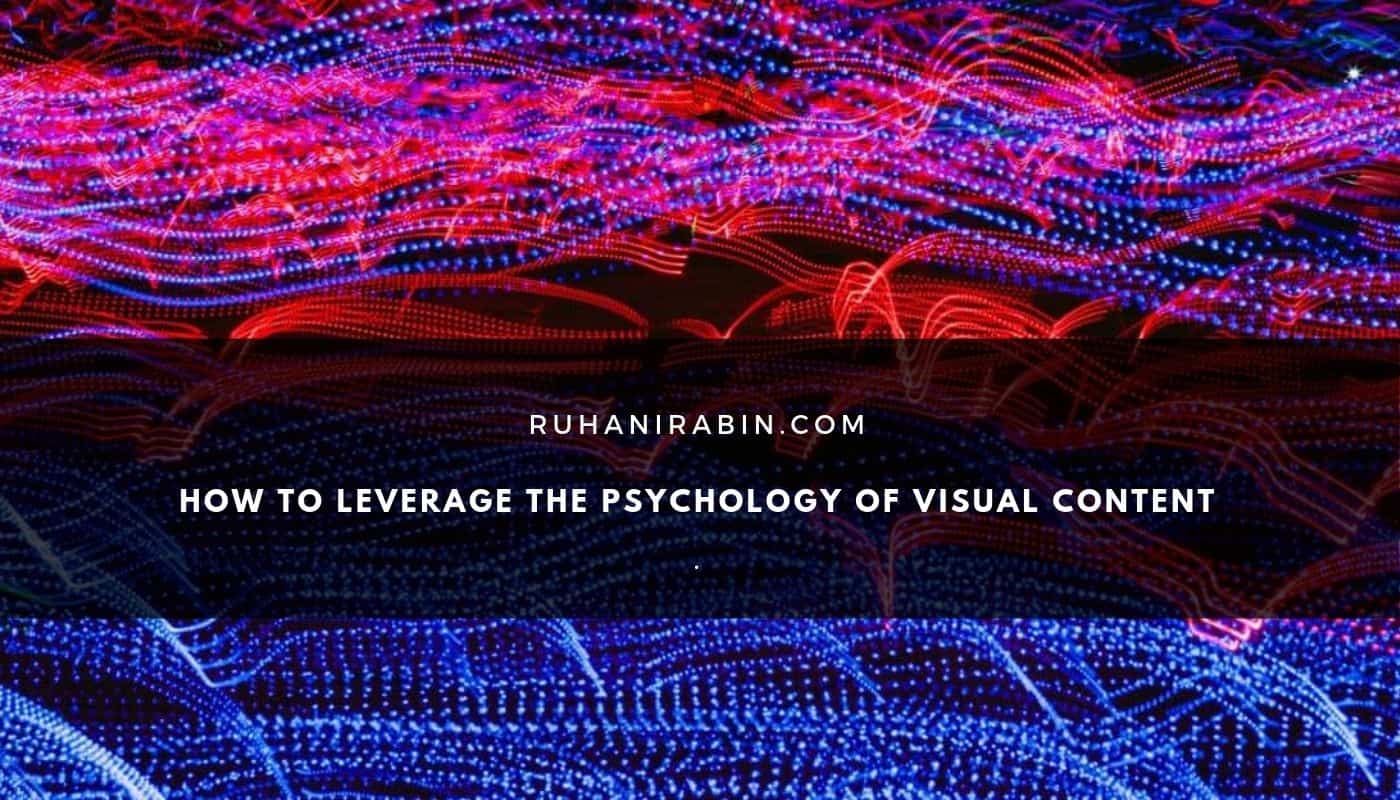The website you are using for your business is where the most of your profit will come from. Whether you’re selling products or offering your services, your website is what will convince your target audience to choose you in most cases. That’s why every aspect of the website needs to be carefully planned.
One of these aspects is the visual content – the psychology behind it is very strong, and you need to use it to your advantage, and here’s how.
Get the Best Updates on SaaS, Tech, and AI
1. Encourage your shoppers to add photos and videos
It’s great if you enable your shoppers to post a review along with a photo or a video of your product, but you need to give them a little nudge, otherwise, that’s not going to happen. For instance, you could send them a post-purchase email, asking them to do post a review and a photo.
Just make sure the email subject line is short and that it motivates the customer to actually open it and read your sweet and short call-to-action. The email also needs to be mobile-friendly, so you can reach more customers. The more customers willing to post reviews you find, the richer your website will be.
2. Make it authentic
Another benefit of having customers’ photos is that those photos will be unique. They represent user-generated content that actually builds trust between you and your regular and potential customers. People believe original photos more than they are convinced by professional photographs that you buy and post to your site. Original photos mean authenticity, which is what most customers are looking for.
It’s important that you avoid any editing of this content or that any inappropriate content ends up on your site, which can hurt the trust you are working to build.
3. The appropriate use of graphics and photos
If you want your graphics and images to really fulfill marketing potential, here are a couple of things to keep in mind:
- Don’t use them as filler content – if you get carried away and start adding visual content just for the sake of it or because they look nice, you will lose the sight of what that visual content aims to convey. You need to make sure every graphic and photo enhance a certain message of your business, otherwise, you will just confuse the consumer.
- Appropriate file size – the absolute maximum of any file should be 200 kilobytes, but when it comes to images, try to keep them around 100 kilobytes or below to prevent too long load times.
- Make a connection between your brand and images – your brand’s colors and style should be the base for your images. To be precise, any business logo design expert would first establish the dominant color of the company’s logo and the style it will follow – from then and on, everything else should follow the same pattern.
In other words, you shouldn’t mix illustration styles, different borders, and random photos all together. It’s better to pick a category and a style to stick with and match it with your brand – this is what will enhance your professional credibility and make the audience instantly recognize you among the numerous competitors.
4. Make videos
Just to inform you, generations born between 1995 and 2012 spend around 10 hours a day online, whether they use their mobile devices, laptop, or tablets, and approximately 70% of that time they use watching videos on YouTube. So, it’s clear you need to capture their attention by making videos and posting them on YouTube.
Just to warn you – making videos isn’t a simple task. If you want to drive website visits, you need to have weekly broadcasts, influencer interviews from time to time, testimonials from satisfied customers, as well as customer service videos.
You could also add the videos to your blog, not just put them on YouTube. In short, by encouraging people to share your videos and making them available on different platforms will be a big step for your marketing strategy.
5. Integrate charts and graphs
It is one thing to read statistics in a text, but it’s a completely different thing to look at bars and lines rising and falling – it will give your website visitors a sense of an actual impact of those statistics, which is a powerful tool behind the visual content psychology.
You can use Excel, Adobe Illustrator, Canva or Piktochart – if you have any of these creative programs and you know how to use them – do it. They should be visually appealing and eye-catching. If your graphs and charts are made right, they can even call your target audience to action.
Final comment
As any other marketing strategy, creating appropriate visual content takes time and careful planning of psychology. Of course, the more you deal with this aspect of marketing, the better you’ll be and more creative ideas you’ll get. Visiting other websites, reading informative and useful articles and guides, asking for advice from experts – you should keep on learning, and the results will be more than satisfying.
FTC Disclosure: The pages you visit may have external affiliate links that may result in me getting a commission if you decide to buy the mentioned product. It gives a little encouragement to a smaller content creator like myself.



